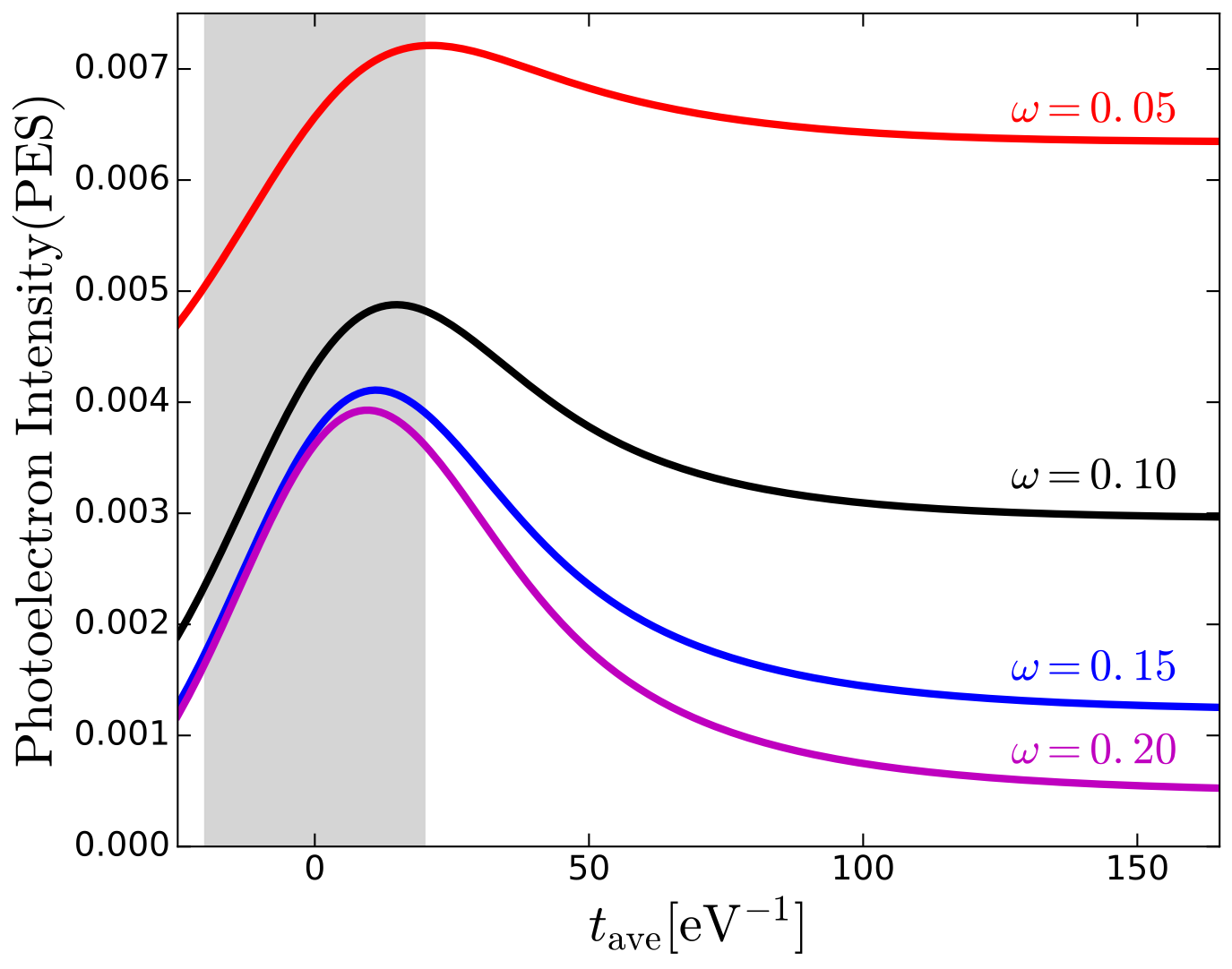Abstract
From the early days of many-body physics, it was realized that the self-energy governs the relaxation or lifetime of the retarded Green’s function. So it seems reasonable to directly extend those results into the nonequilibrium domain. But experiments and calculations of the response of quantum materials to a pump show that the relationship between the relaxation and the self-energy only holds in special cases. Experimentally, the decay time for a population to relax back to equilibrium and the linewidth measured in a linear-response angle-resolved photoemission spectroscopy differ by large amounts. Theoretically, aside from the weak-coupling regime where the relationship holds, one also finds deviations and additionally one sees violations of Mathiessen’s rule. In this work, we examine whether looking at an effective transport relaxation time helps to analyze the decay times of excited populations as they relax back to equilibrium. We conclude that it may do a little better, but it has a fitting parameter for the overall scale which must be determined.
